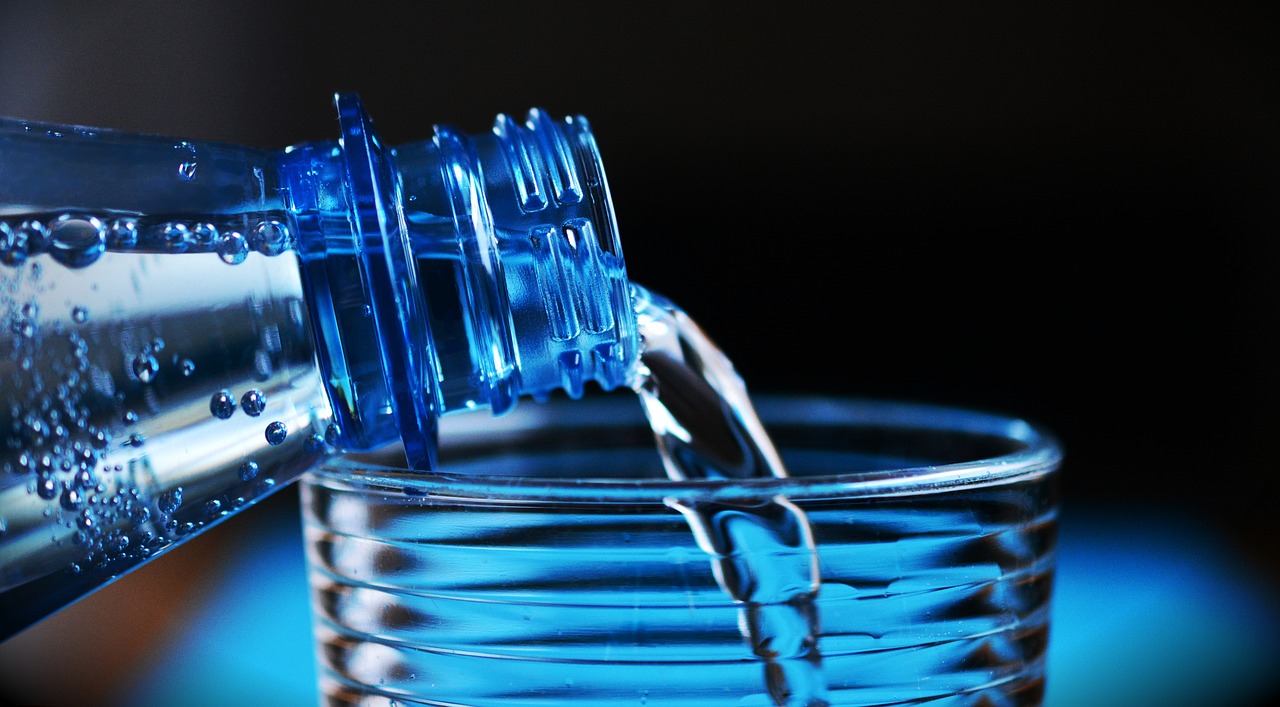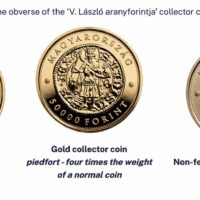Beyond lithium: Hungarian researchers found an alternative material for batteries
Lithium is an important component for batteries, but this substance is relatively rare and difficult to access. The limited supply has encouraged researchers to seek alternatives. The Lendület (Momentum) Research Group, launched by The Hungarian Academy of Sciences and the Budapest University of Technology and Economics (abbreviated BME in Hungarian), has achieved significant results with a heavier alkali metal: sodium.
There is an insatiable demand for lithium, but most of the deposits on the Earth are challenging to access, such as the Atacama Desert in South America, which is known for its extremely harsh conditions. Lithium deposits can also be found in the Siberian taiga, but mining could cause ecological problems in the region, explained the Ferenc Simon deputy director of the BME Institute of Physics to Infostart.
He added that it is not possible to replace lithium in the short term, but numerous researches have been conducted all over the world which aim to replace this rare raw material in the future.

Read alsoGreenpeace: new research shows that water in Hungary is polluted with microplastics
Hungarian researchers proposed sodium as a great alternative to lithium since it is not a limited resource and has very similar chemical properties.
Although substitution may seem obvious, it implies several problems. One of these problems is of “historical” nature, said Ferenc Simon. Since lithium was the best choice regarding its energy storage, most research has focused on this material. It also has to be noted that sodium is more oxidative; it has a larger ion size and worse energy storage capacity compared to lithium.
However, the Hungarian research group was inspired by a completely different challenge. There are two electrodes in every battery. Both are made of conductive materials, but they serve different roles: the anode is usually made of graphite, and it contains large amounts of lithium. Graphite has been known for its ability to absorb large amounts of lithium, but its sodium absorption is less effective. Researchers of the Lendület Research Group wanted to find a solution for this problem by finding a material – a graphite derivative − that would be suitable for sodium storage.
Ferenc Simon pointed out that graphene, an allotrope of carbon in the form of a single layer of atoms in a two-dimensional hexagonal lattice, has a large surface area to which various alkali atoms can be “easily” attached.

Read alsoWow! The world’s first electrosmog map uses the measurements of a Hungarian satellite
Source: infostart.hu
please make a donation here
Hot news
Top Hungary news: Serbia partners with Paks, Christmas market prices, prison for commenting, traffic changes, HUF 50,000 coin – 19 November, 2024
Orbán cabinet: Relations between Hungary and the UK to further strengthen
Hungarian Foreign Minister Szijjártó: More people in Europe becoming reasonable about illegal migration
This Hungarian word has become known and used worldwide!
Contemporary Chinese art on display at Hungarian National Museum
Hungarian policy makers leave base rate on hold at 6.50pc





